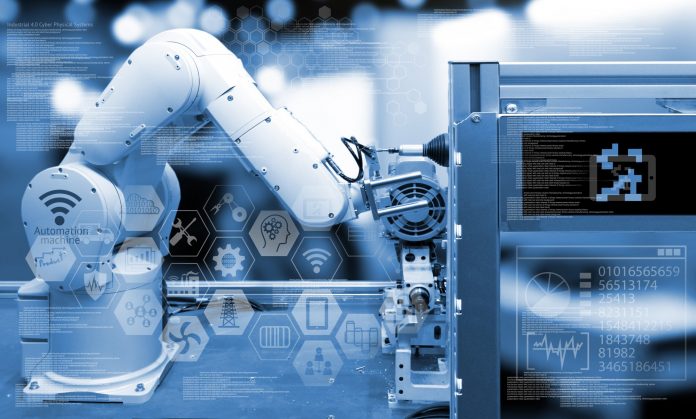Demystifying the often-misunderstood concept of industry 4.0 to help businesses more easily exploit its opportunities.
By Peter Howard.
Data drives decisions
Siemens Head of Digital Enterprise Leonie Wong is conscious IIoT initiatives all revolve around data and she’s firmly committed to supporting every Australian business looking to embrace Industry 4.0 technologies whether those projects are large or small.
“We must be careful not to get ahead of ourselves in our discussions, such as talking about digital twins and other wonderful things like AI and edge computing,” she said. “Those things may not be relevant when a manufacturer is wanting to go on the journey of embracing industry 4.0.
“That scalability of being able to start with the absolute basics and build from there can actually be very valuable. I think sometimes we dilute that in our messaging because it’s not that sexy.
“The very core of what industry 4.0 and industrial IoT is all about is data and having that data accessible to you in the time frame that you need it, and in a complete form. That way you can make better decisions on what to do with your operational establishment.
“The foundation of having that data available starts from the very basics of connectivity.
“There are a lot of FMCG manufacturers out there that have facilities with levels of automation ranging from very manual and primitive to highly advanced. You have the full spectrum and we at Siemens don’t want anybody to feel left behind because they to feel that industry 4.0 is inaccessible to them.”
Keeping it simple
Retail World talked to SMC Corporation’s Digital Transformation Leader Jozef Ceh about the growing interest in industry 4.0 initiatives among Australian businesses, and what Open IIoT is doing to support them.
He agreed there’s a certain amount of confusion as to what IIoT is all about, with many people not realising much of the technology being used in IIoT initiatives has been around for years.
“We’ve had many of the technologies being used for a considerable time, but the challenge was in not having the infrastructure to use those technologies effectively,” Mr Ceh said. “Recently, the speed of wireless and internet data transfer reached the point where those technologies were immediately worthwhile in an IIoT environment.
“In the past, we may have had servers based locally but, without cloud-based technology enabling the servers to connect with other locations, the benefits were limited and the opportunity wasn’t being realised.
“Additionally, even when efforts were made to gather data, we didn’t have the artificial intelligence algorithms to comb through and interpret that data. Instead, there was somebody with a spreadsheet trying to go through and create graphs that could be analysed.
“Today, we’re surrounded with all these capable technologies and we no longer have the roadblocks that, until recently, limited our ability to use them.”
Read more about industry 4.0 in Retail World November issue.





